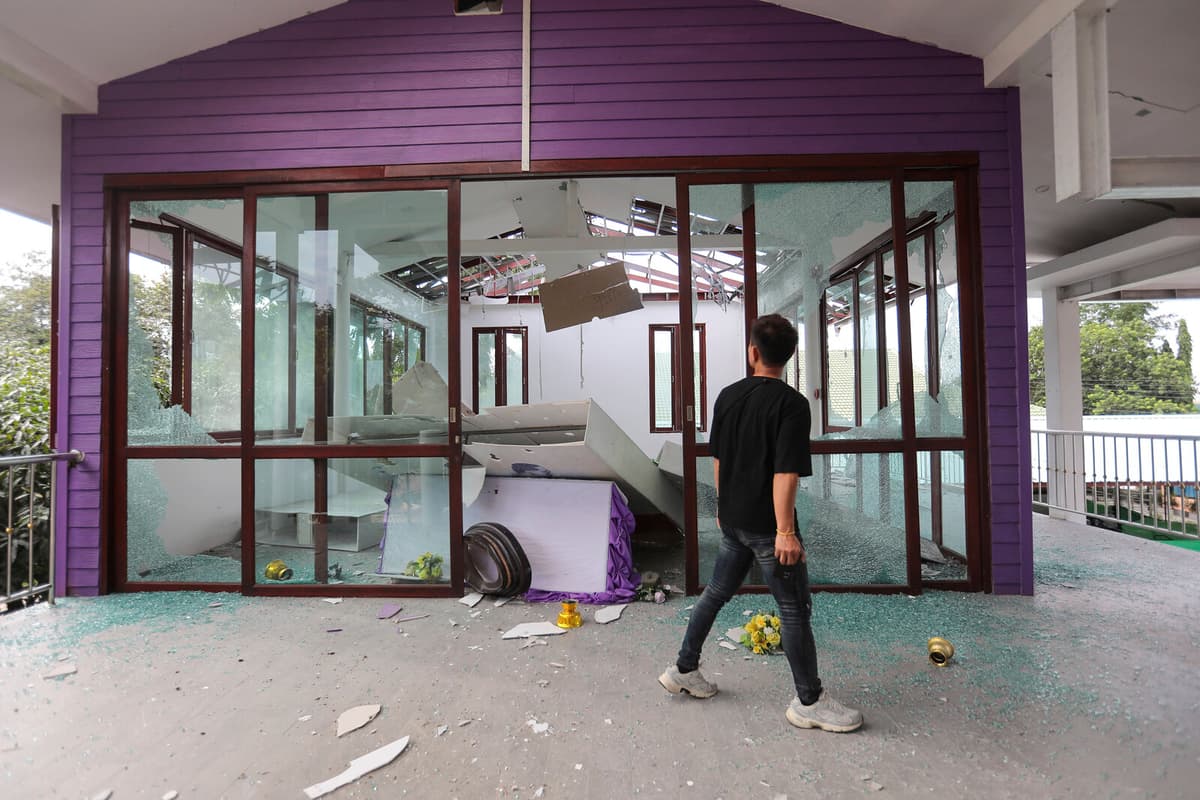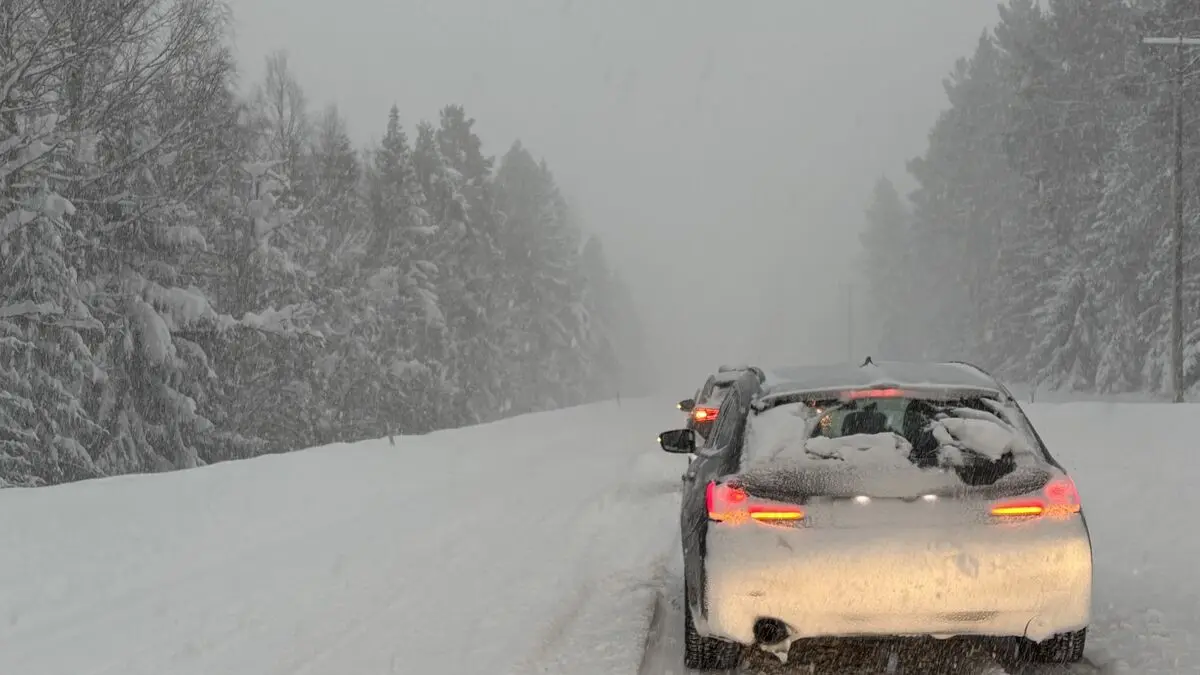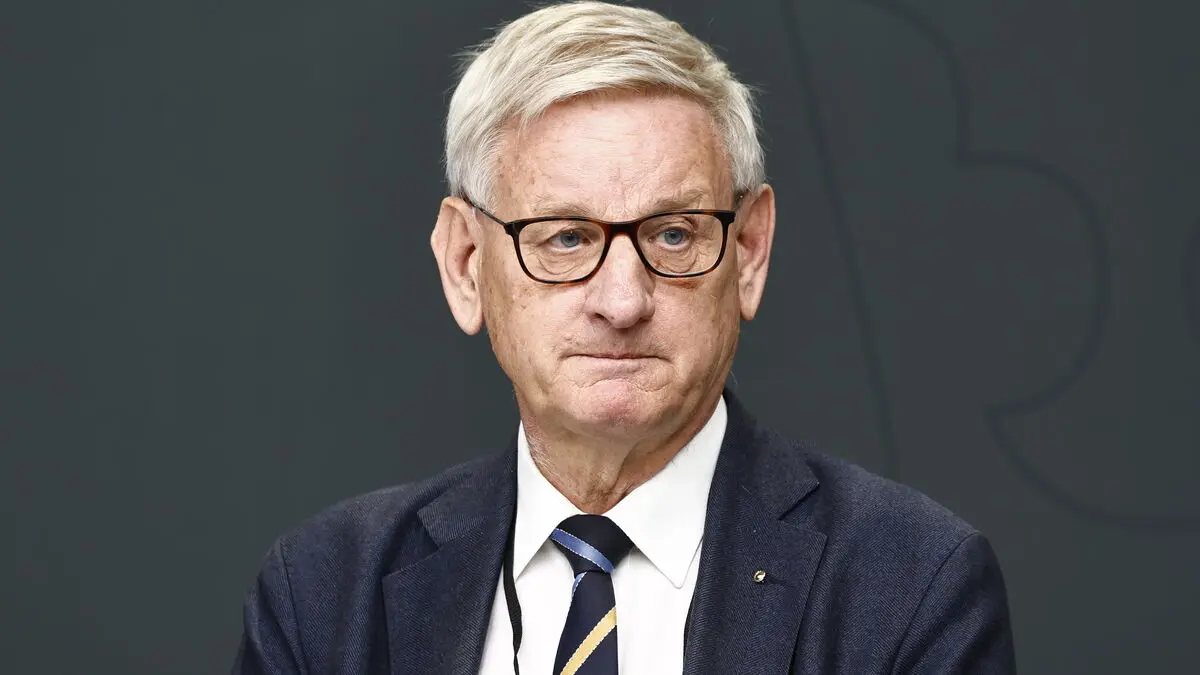Tensions between Thailand and Cambodia go far back – to the colonial era, when France drew a border through the area. Both countries claim areas on opposite sides of the border.
The conflict is symbolic in many ways, among other things because there are important historical temples in the area, says Eva Hansson, vice head of the Centre for Global Asian Studies at Stockholm University.
New means
Despite the conflict's historical roots, it has been played out in a new way in recent days, according to Eva Hansson. On Thursday, Thailand attacked military targets in Cambodia with fighter jets. This, together with domestic political instability in both Thailand and Cambodia, makes the development of events difficult to predict.
Previously, there have been skirmishes and gunfire between the countries, but I am not aware that the air force has attacked and bombed before, says Hansson.
The conflict has been activated in rounds – most recently in 2008–2011. The past few months have also been tense. In May, reports emerged that at least one Cambodian soldier had been killed by a Thai shot, which led to troop movements in the area.
Domestic unrest
When the conflict erupts, it often coincides with domestic political events, according to Eva Hansson. It is likely that this is the case this time as well.
One uses this conflict to mobilize around domestic political issues. Especially in Thailand, it has been about the future of democracy, above all in the last 20 years, says Eva Hansson.
On Thursday, it was reported that eleven people had been killed in the conflict and around 40,000 people had been evacuated, according to Thai authorities. Eva Hansson hopes that both Thailand and Cambodia will realize that there is nothing to be gained from an escalation of the conflict.
There is no way forward with this, she says.






